Lagos State Judiciary officially adopts the eAffidavit system using LagosCoMiS.
 In a bold stride toward digital transformation, the Lagos State Judiciary has officially adopted the LagosCoMiS platform for the processing of all General Affidavits across the state.
In a bold stride toward digital transformation, the Lagos State Judiciary has officially adopted the LagosCoMiS platform for the processing of all General Affidavits across the state.
Effective June 1, 2025, affidavits for change of name, loss of SIM, declaration of age, and similar non-litigation purposes must now be filed online via the LagosCoMiS platform:
http://lagoscomis.lagosjudiciary.gov.ng excluding affidavits meant for High Court litigation
This directive was announced in a circular signed by the Deputy Chief Registrar (Admin), Ikeja, Mr. Rasaq O. Davies, under the instruction of the Honourable Chief Judge of Lagos State, Hon. Justice Kazeem Olanrewaju Alogba, on June 4th, 2025.
The new initiative is a major step toward: Digitizing legal services, boosting transparency, and Cutting down delays in affidavit processing.
To support a smooth transition, the Judiciary has provided a step-by-step user guide for the new eAffidavit system available on the LagosCoMiS platform http://lagoscomis.lagosjudiciary.gov.ng.
LagosCoMiS (Lagos Court Management Information System) is a robust digital platform that already powers several court processes. With this upgrade, the platform is now your go-to hub for obtaining General Affidavits from the comfort of your device.

Unlocking Potential: Cinfores and OHCDT Empower Obagi Youths
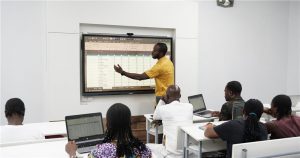 The Obagi Host Communities Development Trust (OHCDT) in partnership with Cinfores Limited presents the maiden edition of the Capacity Development Training for the Youths of Obagi Host Communities.
The Obagi Host Communities Development Trust (OHCDT) in partnership with Cinfores Limited presents the maiden edition of the Capacity Development Training for the Youths of Obagi Host Communities.
In a landmark initiative aimed at empowering Indigenous talent and bridging the digital divide, Cinfores Limited successfully implemented the maiden edition of the Capacity Development Training for Obagi Host Community Youths. The six-month training program, spanning from September 2024 to February 2025, was sponsored by the Obagi Host Communities Development Trust (OHCDT). Conducted at the state-of-the-art Wowbii Center, the program concluded with a supervised internship at Cinfores Limited’s headquarters in Port Harcourt.
The training sessions which were held three times weekly combined classroom instruction with hands-on practical experience, equipping participants with essential ICT and digital skills. Courses included Full Stack Web Development, Cinematography & Video Editing, Data Analysis, UI/UX Design, and 2D Animation.
Participants received laptops, digital cameras, studio equipment, and other essential work tools, along with stipends provided by OHCDT to support their engagement. The program’s robust curriculum was designed to prepare youths for the competitive job market, with a two-month supervised internship offering real-world experience and professional interaction.
Of the 58 youths trained, 18 demonstrated exceptional performance, with 10 receiving offers to join the Cinfores Graduate Trainee Program. This initiative underscores Cinfores’ commitment to fostering Indigenous talent, promoting inclusive growth, and driving digital transformation.
With over 20 years of innovation and excellence as a leading ICT firm in Port Harcourt and Nigeria at large, Cinfores continues to champion initiatives that inspire, empower, and uplift. This program is not just about skills training; it’s about transforming lives, opening doors to opportunities, and laying the foundation for a self-reliant, tech-savvy generation.
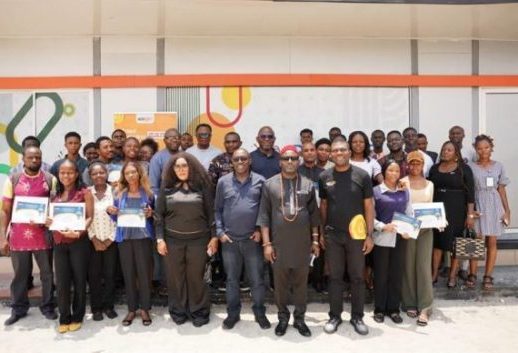
Cinfores at Re-Imagine Africa 2025: Shaping the Future of the Digital and Creative Economy.
The Re-Imagine Africa Conference 2025 marked a significant milestone, uniting thought leaders, innovators, creatives, and stakeholders from prominent organizations and institutions. Among the notable participants were Cinfores Limited, Nigerian Content Development and Monitoring Board (NCDMB), Niger Delta Development Commission (NDDC), Shell Petroleum Development Company (SPDC), Bloombreed High School, Bluebell International School, Charles Dale Memorial International School, Bereton College, Fixed Gadgets, and Resque. Together, they aimed to redefine Africa’s global narrative.
Held at The Heliconia Park Hotel from March 10th to 16th 2025, the prestigious conference commenced with an inspiring welcome address by the convener and founder, Mr. Bereni Dinma-Fiberesima. Veteran Nollywood actress Hilda Dokubo hosted the event, adding a touch of glamour and excitement.
More than just a conference, Re-Imagine Africa is a movement dedicated to positioning Africa as a leader in the Digital and Creative Economy. Under the theme “Generation Africa: Redefining Global Narratives and Opportunities,” the conference emphasized Africa’s evolving role on the world stage. Discussions focused on how technology and creativity can reshape perspectives and unlock new opportunities for economic growth. Key topics included The Creative and Digital Economy – Highlighting how creativity preserves culture, rebuilds communities, and positions Africa as a global inspiration hub. Technology-Driven Development – Showcasing digital innovations that bridge ICT skill gaps and drive sustainable growth.
Targeting individuals aged 25 to 30, the Re-Imagine Africa initiative seeks to equip young Africans with the knowledge, skills, and networks needed to thrive in today’s tech-driven world. Attendees participated in panel discussions, workshops, and strategic networking sessions aimed at leveraging technology for sustainable development and ensuring Africa’s influence on the global stage.
The presence of these organizations underscored their collective commitment to fostering innovation, education, and economic development across Africa. Cultural showcases, industry collaborations, and strategic alliances further reinforced the conference’s impact.
A key highlight was the impactful presentation by Mrs. Nissi Amadi (PhD), a management executive at Cinfores Limited. Her session focused on the transformative impact of the Digital Economy on Africa, showcasing Cinfores’ groundbreaking education technology solutions designed to bridge critical gaps in the sector. These solutions include BrainFriend– Nigeria’s leading e-learning platform for students and educators, Sukulu- A revolutionary platform making learning fun, interactive, and reward based and TeachersHub– A digital platform supporting the continuous growth and professional advancement of educators.
By addressing challenges in the education system, Cinfores is revolutionizing learning through technology, making it interactive, engaging, and accessible. Visit www.cinfores.com/products/ to explore these innovations and more.
Speaking at the event, Barrister Kikele, a representative of the Nigerian Content Development and Monitoring Board (NCDMB), expressed excitement about the initiative’s timely relevance in shaping society and the global economy. He emphasized the importance of nurturing young talent early, stating that the Re-Imagine Africa event is about redefining Africa’s role in creative space. He noted that Africa stands at a pivotal moment in its history—no longer just participants in the global economy but active architects of its future. Not merely consumers of innovation but pioneers of transformation, a responsibility that rests with Generation Africa.
He described this generation as capable of rewriting the continent’s future, harnessing the power of the digital and creative economy. Commending the efforts of young innovators, he praised their development of applications designed to assist the National Population Commission with census execution and result compilation, particularly in rural areas. He linked these innovations to the NCDMB’s Back to the Creek Initiative, reaffirming the Board’s commitment to supporting their development and implementation in schools within underserved communities.
Today, Africa is proving that technology and creativity are not just industries but catalysts for economic empowerment and inclusion. The creative economy—including film, music, fashion, and digital content—has become a multibillion-dollar industry, with Nollywood and Afrobeats gaining international recognition. This sector is not only reshaping Africa’s global image but also generating numerous job opportunities. Prioritizing research and development in local content creation is key to sustaining this momentum and driving further economic growth.
RSIPA Launch
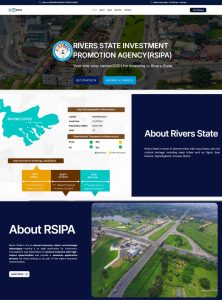 LAUNCH OF THE RIVERS STATE INVESTMENT PROMOTION AGENCY (RSIPA)
LAUNCH OF THE RIVERS STATE INVESTMENT PROMOTION AGENCY (RSIPA)
The Rivers State Investment Promotion Agency (RSIPA) is a governmental body established to enhance the ease of doing business in Rivers State, Nigeria. Its primary mission is to improve the operating environment for investors by collaborating with various government ministries, departments, and agencies (MDAs).
On Thursday, March 6, 2025, RSIPA officially launched its integrated one-stop-shop platform designed to streamline investment processes within the state. This platform facilitates the sharing of valuable information and showcases opportunities across different MDAs and economic sectors, providing potential investors with easy access to data that aligns with their business and investment goals.
The launch event, held at Hotel Presidential in Port Harcourt, featured key stakeholders from various sectors. Hon. Chamberlain Peterside, the Director-General of RSIPA, emphasized the agency’s commitment to coordinating with MDAs and other critical business entities. He highlighted that RSIPA’s role includes facilitating, supporting, and enhancing the activities of these entities to ensure success in their respective functions.
The newly launched platform, which was developed by Cinfores Limited, is expected to significantly improve the ease of doing business in Rivers State by providing a centralized source of information for investors. This initiative aims to attract more investments into the state, thereby boosting economic growth and development.
Cinfores Limited is a leading technology solutions provider specializing in e-Government, education, and enterprise solutions. With a strong track record of developing innovative digital platforms, the company has played a key role in enhancing public sector efficiency and private sector growth through cutting-edge technology. Its expertise in software development, data management, and process automation made it the ideal partner for building the RSIPA investment platform.
Investors and interested parties can access the platform through RSIPA’s official website (www.rivinvest.riversstate.gov.ng). For further engagement and inquiries, RSIPA encourages stakeholders to reach out via their contact page or visit their offices at Chief Emmanuel Aguma House, 4 Moscow road, in Port Harcourt.
This launch marks a significant milestone in Rivers State’s efforts to create a more investor-friendly environment, reflecting the government’s dedication to economic advancement and collaboration with the private sector.
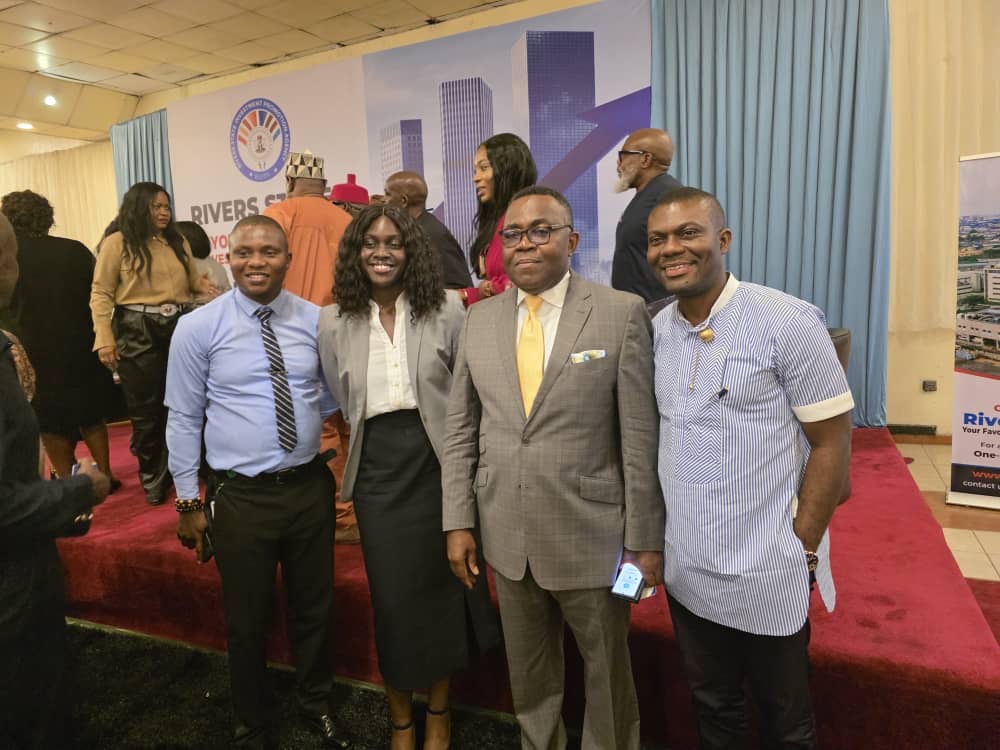
Extension of Application for 2025 Housemanship/Internship Programme at Rivers State University Teaching Hospital
Rivers State University Teaching Hospital Extends Application Deadline for 2025 Housemanship/Internship Programme.
The Rivers State University Teaching Hospital (RSUTH) has extended the application deadline for its 2025 Housemanship/Internship Programme. Interested candidates now have until April 17, 2025, to submit their applications.
Candidates are required to apply via RSUTH Internship Portal at https://hmis.rsuth.ng/internship
For further details, please refer to the flyer.
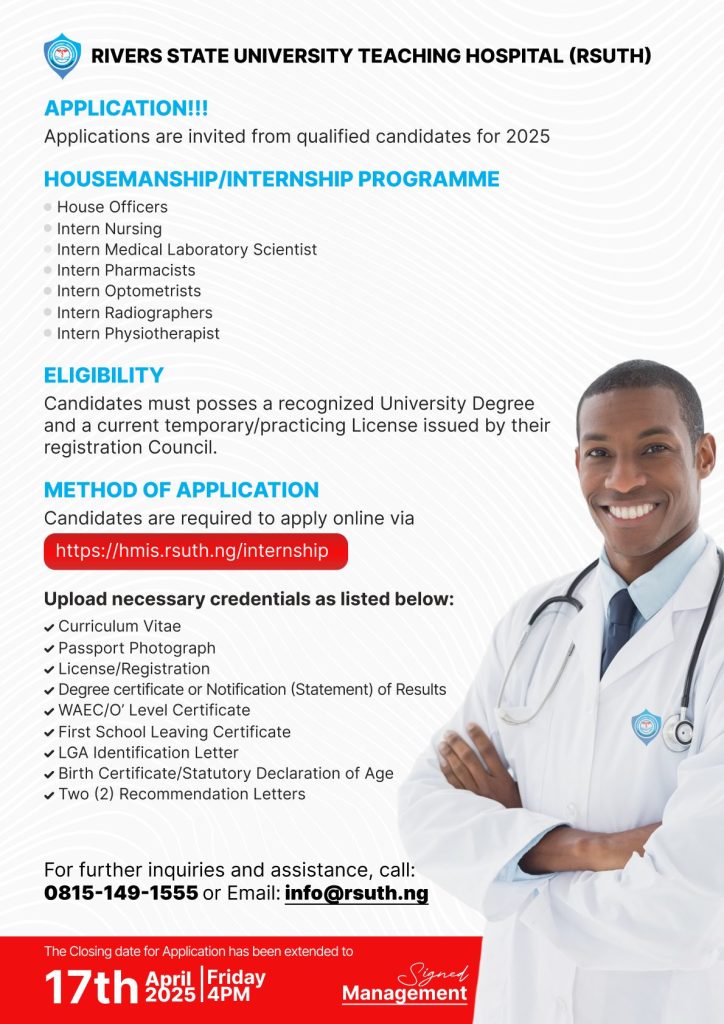
Cinfores Limited launches her book – Grit, Grind, Grace
The book traces the twenty-year journey of Nigeria’s most audacious ICT brand.
Cinfores’ Tech-Innovation story tells it all: their passion, worries, disappointments, and final achievements.
SUKULU INDEPENDENCE DAY CHALLENGE
Join the Nigeria Independence Challenge on Sukulu and stand a chance to win N64,000 cash and loads of other prizes.
To join the tournament, click on the link below
TRANSFORMING PUBLIC SYSTEMS
Efficient, effective, and equitable public systems are within reach, but the divide between technology and policy holds us back.
Technology revolutionizes service delivery, boosts citizen engagement, and optimizes resources. Policy ensures responsible innovation, accountability, and social justice. But, when they work in silos, progress stalls.
It’s time to bridge the gap!
Join us at StartupSouth9 Conference to discuss how technology and policy can work together to build transformative public systems.
Together, we can shape a brighter future!
Cinfores Limited Celebrates 20 Years of Innovation and Impact in IT
Cinfores Limited, a pioneering force in the IT sector, proudly celebrates her 20th anniversary. Since inception in 2004, Cinfores has been at the forefront of revolutionizing education and eGovernance in Nigeria, touching millions of lives through its innovative solutions.
A Journey of Transformative Solutions
Cinfores began with a mission to address challenges in the educational sector, leading to the creation of Nigeria’s leading eLearning and exam preparatory software, BrainFriend. With over 80,000 questions and answers, 3,000 videos, and animated lessons across 60 subjects from Primary 1 to SSS 3, BrainFriend has empowered over 1 million users across Nigeria. Esteemed clients such as the Federal Ministry of Education, Universal Basic Education Commission, MTN, Etisalat (9Mobile), and numerous private schools have benefited from BrainFriend. In 2008, Cinfores pioneered large-scale Computer-Based Tests (CBT) in Nigeria with its e-Examiner platform, serving over 130,000 candidates for clients in various sectors, including Total Energies, SPDC, and RSU. The eBrochure Service has equipped over 3 million JAMB candidates with essential information, enhancing their educational journey.
Expanding Horizons Beyond Education
Cinfores’ commitment to positive change extends beyond education. The eCampus solution, designed for effective management of tertiary institutions, has been deployed in five institutions across southern Nigeria, handling an average of 300,000 transactions yearly and blocking revenue leakages.
The State-Wide Education Management Information System (SwEMiS) has streamlined administrative activities for school administrators and educational stakeholders in Rivers State, significantly increasing revenue generation and improving efficiency.
Innovations in eGovernance
Cinfores has also made significant strides in eGovernance. The Public Service Management Information System (PusMiS) has successfully managed the profiling and verification of 55,165 staff and 23,820 pensioners, thereby reducing ghost workers and increasing the State’s IGR.
The eLGA-ID system, e-recruitment platform, and e-voting platform have further demonstrated Cinfores’ commitment to integrity and efficiency in public service and governance.
Impacting the Judicial and Health Sectors
In the judicial sector, the Court Management Information System (CoMiS) has facilitated the electronic management of court services, serving over 38,235 users across six states and the FCT. In the health sector, the Health Management Information System (HMiS) has significantly reduced patient wait times and increased revenue by over 100% at the Rivers State University Teaching Hospital.
Innovations in Urban Development and Transport, and Tax Management
Cinfores’ Transport Management Information System (TraMiS) and Town Planner platform have improved the management of the transportation sector and urban development processes, respectively.
The Tax Management Information System (TaMiS) has enhanced accountability and transparency in tax remittance and management, significantly increasing revenue collection.
A Future of Continued Success
As Cinfores celebrates 20 years of groundbreaking achievements, the company reflects with humility on its journey from a single idea to transformative solutions. Cinfores extends her deepest gratitude to her clients, partners, users, friends, and staff for their unwavering support.
“As we look forward to another 20 years and more (if Jesus tarries), we see the younger generation of Cinforesers growing up to conquer new territories with over 20 innovative products and services in our kitten”, said Ibifuro Asawo, CEO/Co-Founder of Cinfores Limited. “We are sure the next 20 years (if Jesus tarries) will be more remarkable and impactful in all ramifications. We see our products and services improving service delivery in both public and private sectors in education, health, Judiciary, revenue & finance, lifestyle, etc.”
About Cinfores Limited
Cinfores Limited is a leading IT company based in Port Harcourt, Nigeria, specializing in innovative solutions for education and eGovernance. Since 2004, Cinfores has been committed to developing innovative solutions that address societal challenges and improve lives.
EVENT GALLERY




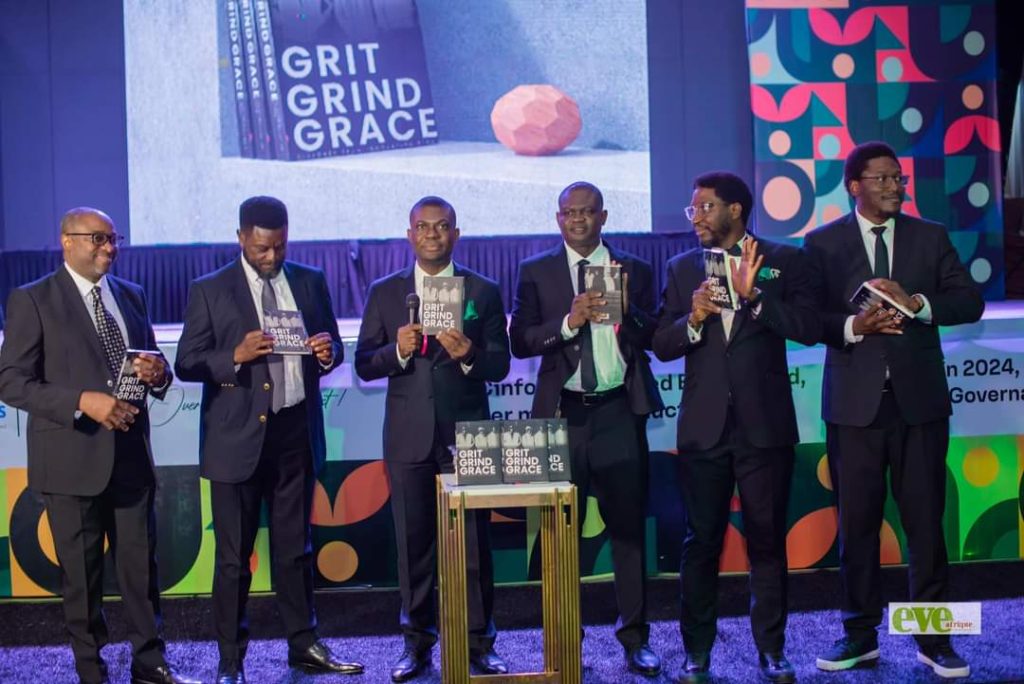
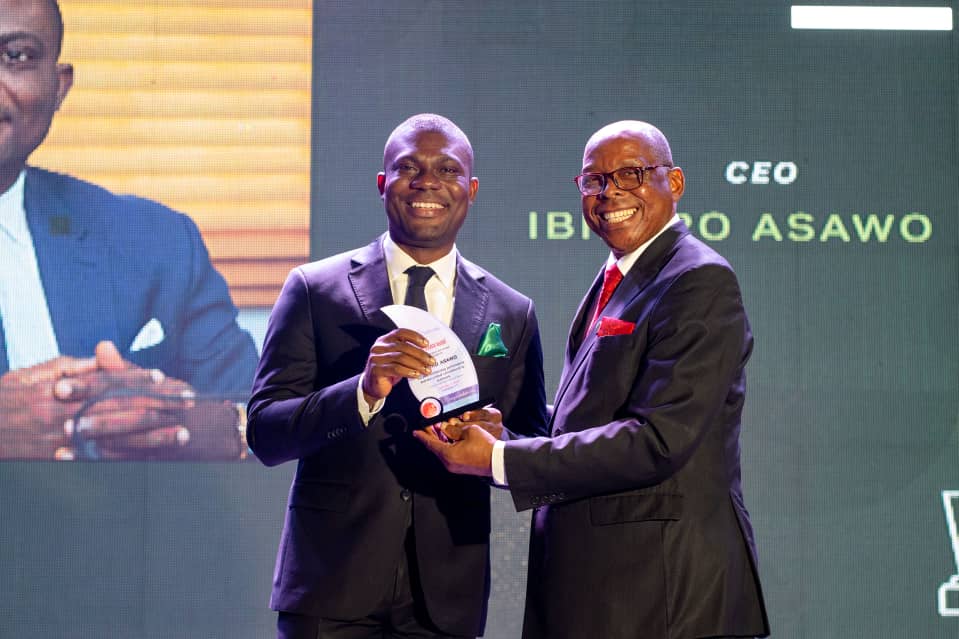
WORLD TEACHER’S DAY
Joint message from
Ms. Audrey Azoulay, Director-General of UNESCO,
Mr. Guy Ryder, Director-General of the International Labour Organization,
Ms. Henrietta H. Fore, Executive Director of UNICEF,
and Mr. David Edwards, General Secretary of Education International,
on the occasion of World Teachers’ Day
Theme: Teachers at the heart of education recovery
Date: 5 October 2021
Nearly two years since the outbreak of the COVID-19 pandemic, many education systems are still facing significant disruptions. Students and teachers in close to 60 countries remain affected by full or partial school closures. But whether students are learning in person or remotely, teachers are at the heart of the process.
The pandemic has shone a light on the irreplaceable value of the teaching profession in society but also on the difficult working conditions facing many teachers. Teachers have been on the frontlines to ensure learning continuity when schools were closed and to provide socio-emotional support to their students, especially the most vulnerable ones.
They have had to rapidly adapt to remote learning and manage new digital tools, often without training. Today, they must assess and address learning losses among their students, cope with issues of health and safety in the classroom, and leverage remote, hybrid and in-person methods to minimize disruption.
Today we celebrate the exceptional dedication and courage of all teachers, as well as their capacity to adapt and innovate under very challenging and uncertain conditions. They are at the heart of global education recovery efforts and are key in accelerating progress towards inclusive, equitable and quality education for every learner, in every circumstance.
Now is the time to recognize the exceptional role teachers play and to empower them with the training, professional development, support and working conditions they need to deploy their talent. This is a time of challenge but also an opportunity for rapid transformation to address the unfulfilled needs which have been multiplied by the pandemic. Sub-Saharan Africa alone requires 15 million more teachers to reach the education goals by 2030. Surmounting these challenges requires bold commitment, investment and innovation on a scale like never before.
A successful education recovery starts with ensuring teachers’ well-being, adequate remuneration and safety, including their prioritization for vaccination together with other key workers.
A successful education recovery calls for investment in more teachers and in training and professional development opportunities, so that educators may enrich their practice and gain the skills to integrate and use educational technologies effectively to support learning and adapt to a diversity of learners’ needs.
Education recovery will be successful if it is conducted hand in hand with teachers – giving them voice and space to participate in decision-making and respecting their pedagogical knowledge and expertise as we reimagine the way out of the crisis and build more resilient education systems.
On World Teachers’ Day, we are not only celebrating every teacher. We are calling on countries to invest in them and prioritize them in global education recovery efforts so that every learner has access to a qualified and supported teacher.
Let’s stand with our teachers!
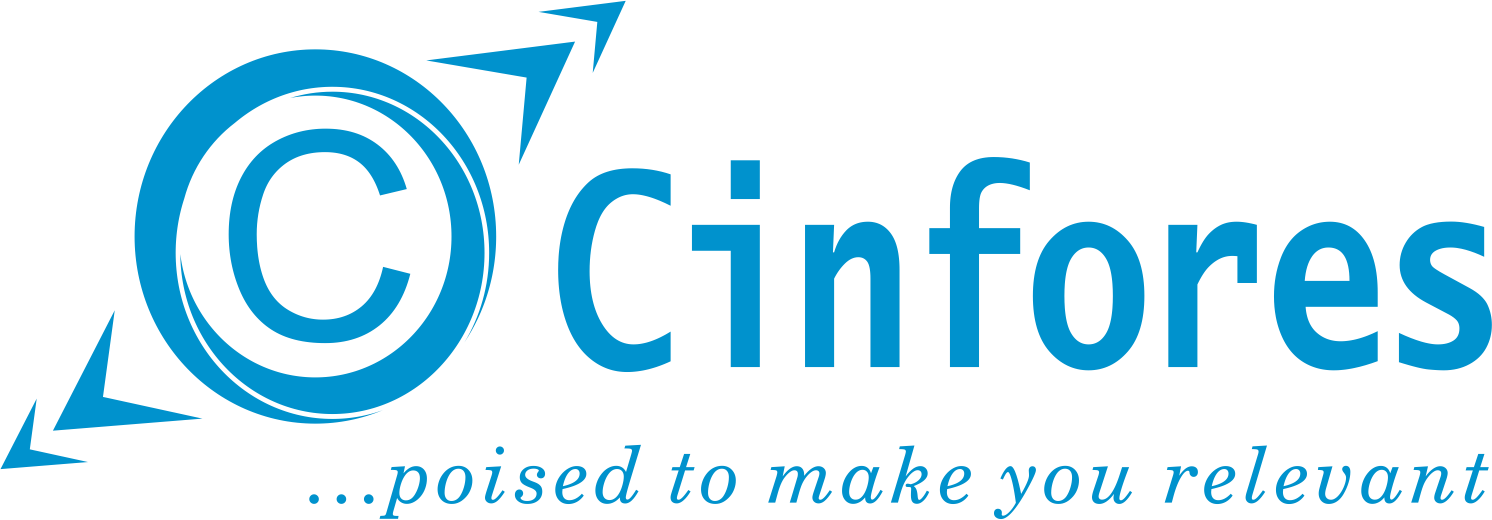
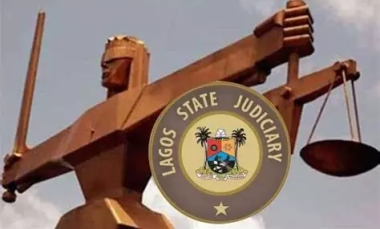
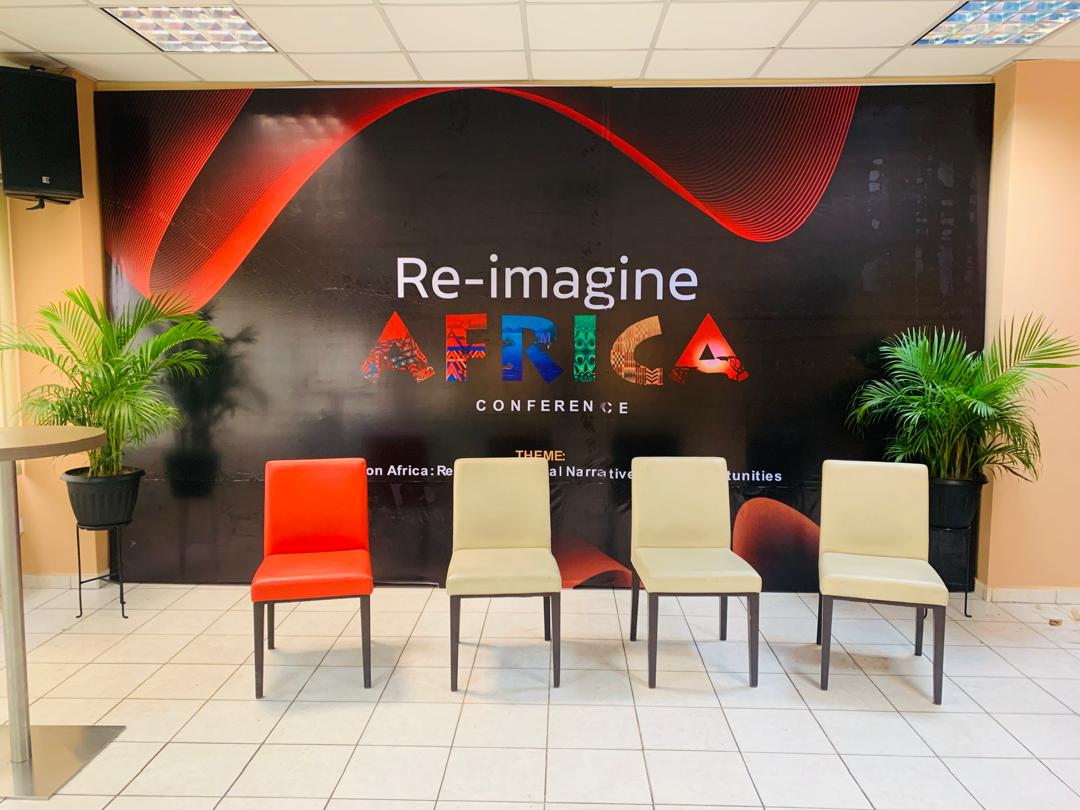
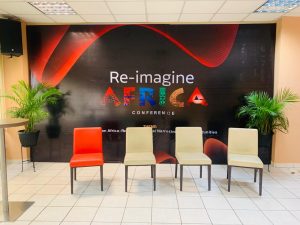
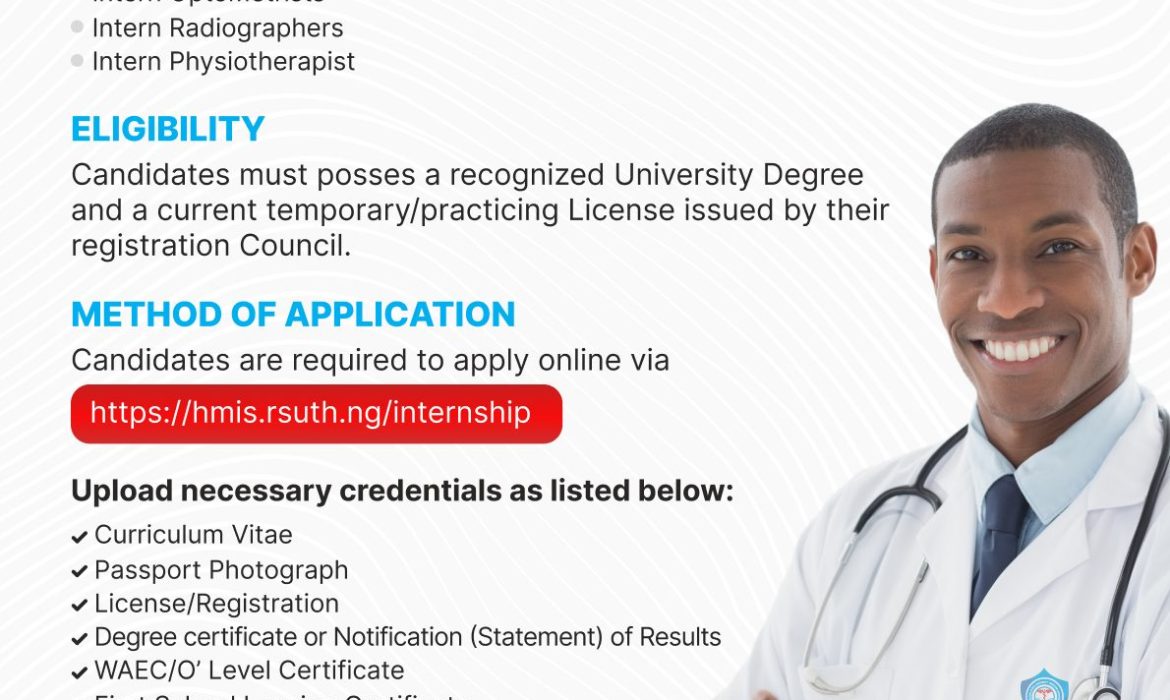
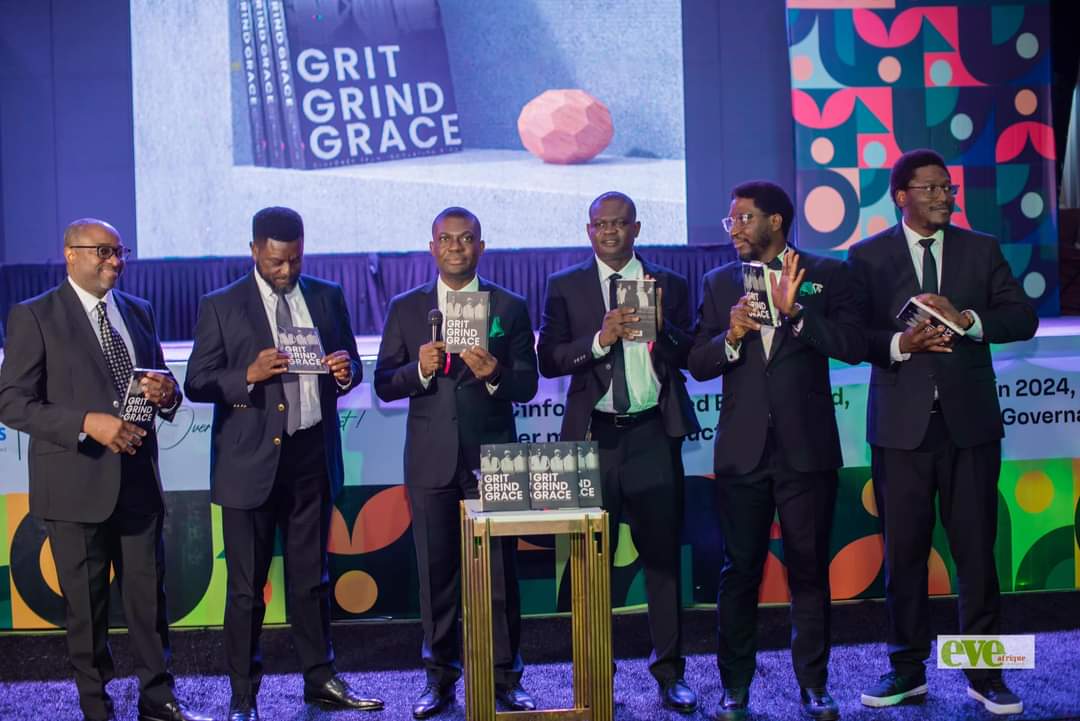

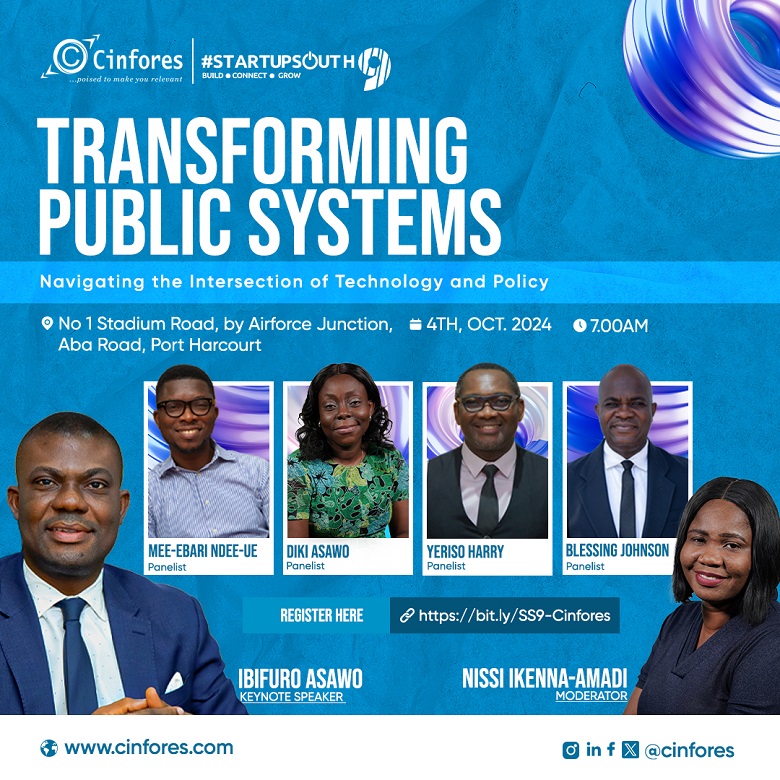
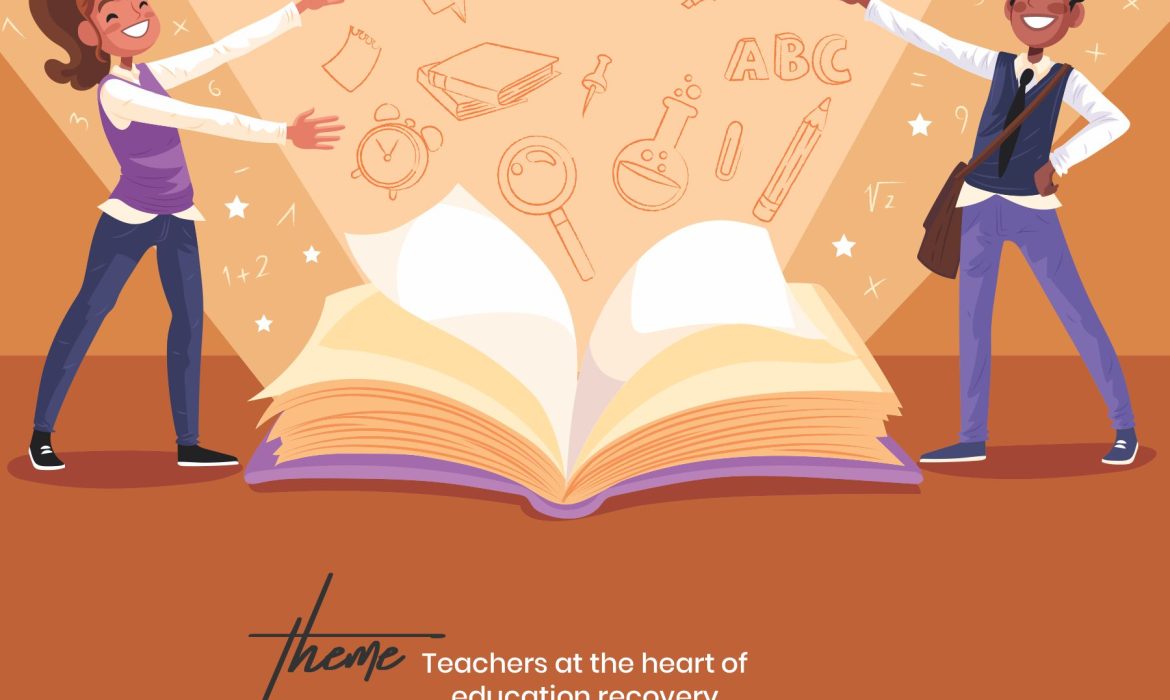




Recent Comments